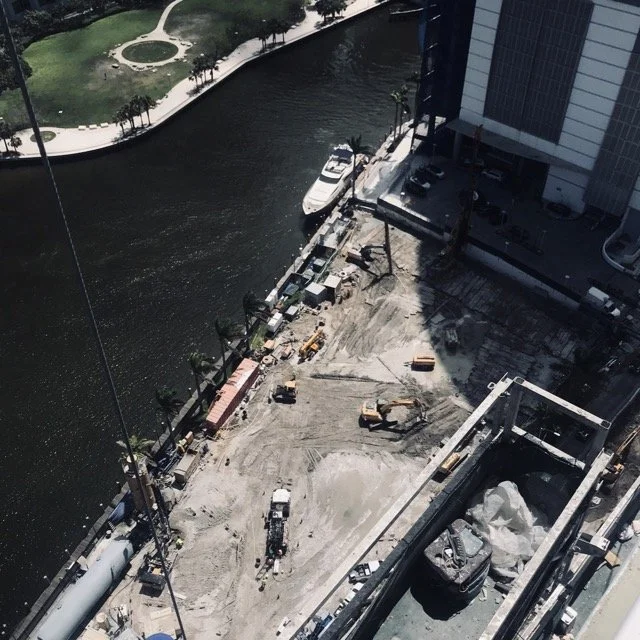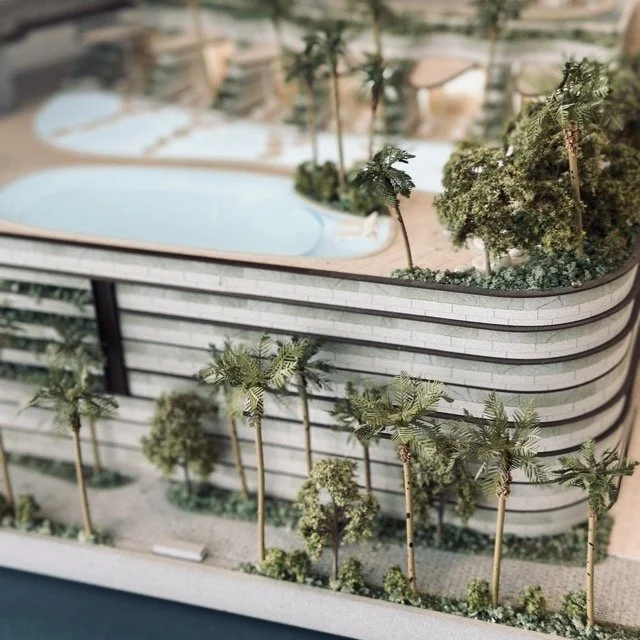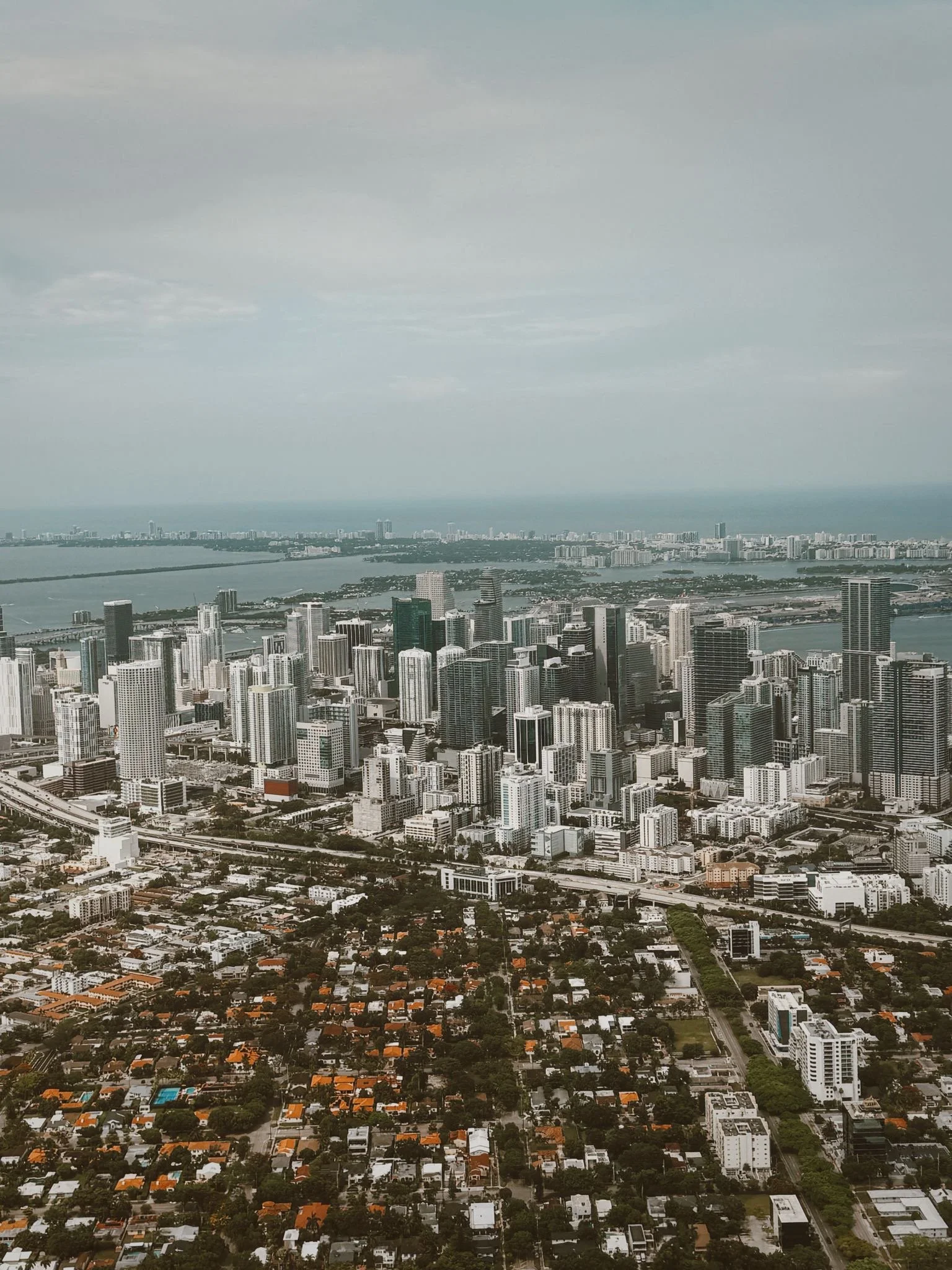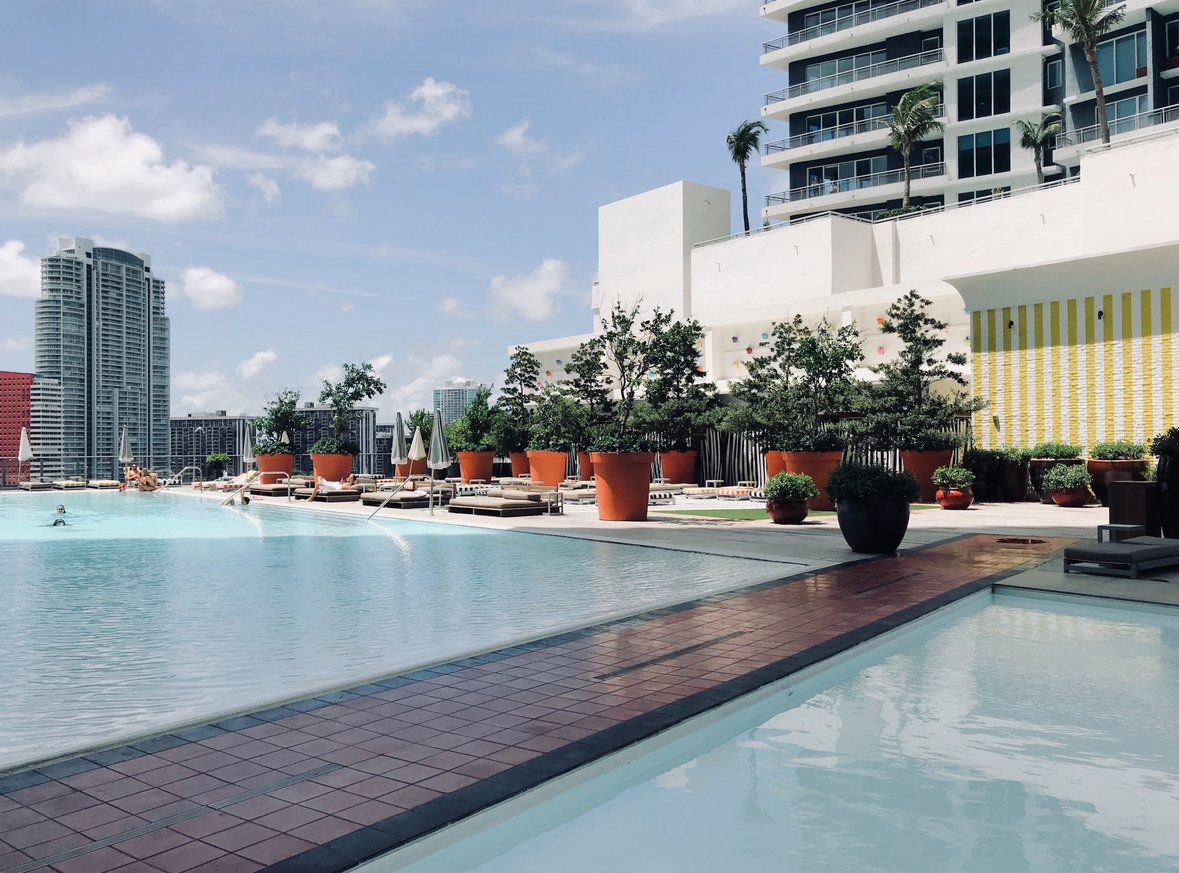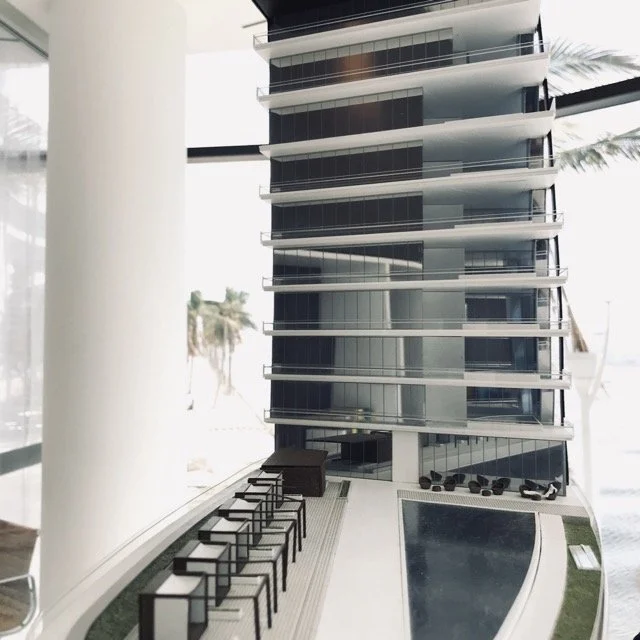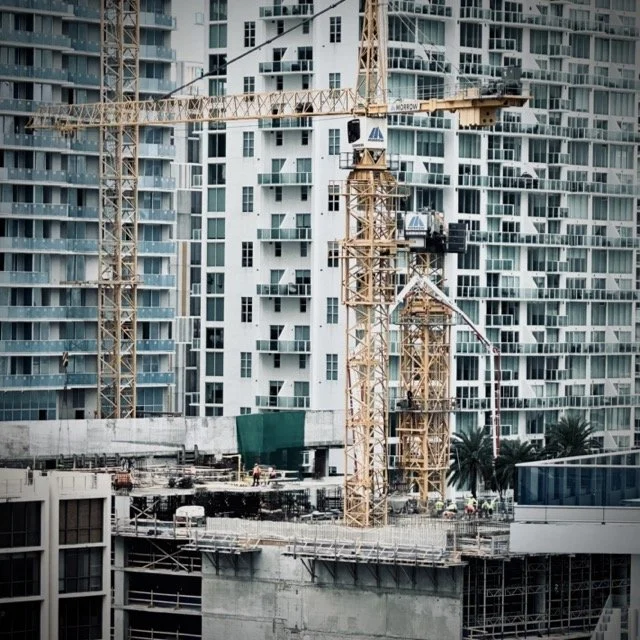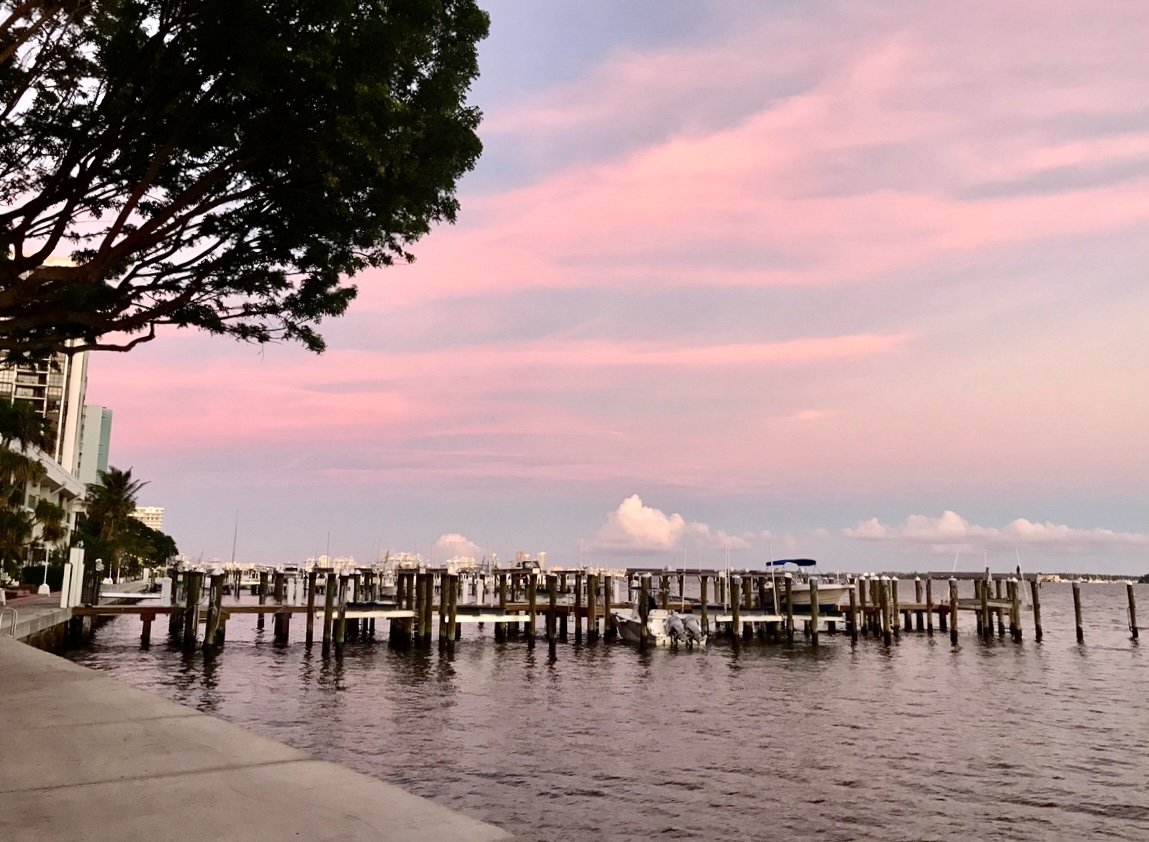Your Deposit Is Doing More Than Holding a Unit
In Miami pre-construction, you’re not just buying a future home. Or even necessarily a home at all. Maybe it’s a pied-à-terre you’ll escape to every winter. Maybe it’s something you’ll lease out while the city changes around it. Maybe it’s the kind of place that holds space for long weekends, visiting friends, or a younger generation deciding whether to stay. What you’re buying is a position inside a living, breathing financial structure. The showroom is the perfume. What you’re really stepping into is a layered equation: land trades, construction loans, broker splits, lender terms and your deposit sitting somewhere in the middle like a line item in someone else’s draw schedule.
Aston Martin Residences Lot
Take Aston Martin Residences. The Coto family paid $125 million for the lot nearly a decade ago. That was before the renderings, before the crane. Then came the rest: concrete, design, brokerage fees, flashy marketing, and expensive debt. The all-in number hovered somewhere between $600 and $700 million. For the math to work, they had to sell north of a billion. And they did. Most of the 391 units were spoken for before the penthouse slab was poured. Buyers weren’t just reserving a view. They were helping fund the climb.
Waldorf Astoria Residences? Same playbook. In 2024, developers locked in a $668 million loan the largest ever for a Florida condo. Not because they were dreaming big, but because the presales triggered the financing. 387 units priced from $1 million to $90 million. The funding wasn’t a leap. It was a ledger.
Then came St. Regis Brickell. A $527 million loan backed by a site that traded hands for just over $100 million. Only 152 units. Penthouses asking $45 million. This wasn’t mass market. This was precision.
And then the ground spoke. In 2024, archaeologists confirmed the site may rest atop a prehistoric Tequesta village possibly one of the oldest Indigenous settlements in the hemisphere. Construction hasn’t stopped, but the timeline’s now dancing with something older than zoning. In Miami, even the dirt has a past. And sometimes, it still wants a say.
If any of this makes you pause, good. It should.
Let’s talk about who’s actually writing the checks.
Bank OZK, Little Rock by mailing address, but knee-deep in Miami steel. They don’t move unless the pro forma sings. Presales don’t decorate the deal, they green light the cranes.
Fortress Investment Group doubled their loan for La Baia from $49 million to $90.1 million, confirmed in early 2024. Not a surprise. Their credit team has consistently backed high-end developments other lenders won’t touch, including La Baia South in Bay Harbor Islands (Commercial Observer, Feb 2024). They’re not here for renderings. They’re here for terms that hold. Not a surprise. Their credit team’s been underwriting the kind of projects that make traditional lenders hesitate. They’re not here for renderings. They’re here for terms that hold.
Madison Realty Capital? They issued a $262 million construction loan for E11EVEN Residences Beyond in 2023 (GlobeNewswire, June 2023). And $400 million for The Residences at Six Fisher Island. They’re not mortgage guys. They’re closer to the structural beams than most architects. They’re not mortgage guys. They’re closer to the structural beams than most architects.
Cain International backed Casa Bella with $240 million in financing, closing the deal with Related Group and Alta Developers in late 2023 (Cain International, Nov 2023). They don’t chase glossy. They chase certainty. They don’t chase glossy. They chase certainty.
Architectural Model
This isn’t kindness. It’s calculus. And your deposit is part of the equation. It’s not just reserving square footage. It’s one of the levers that lets the building rise.
So what should a serious buyer or anyone paying attention, be asking?
Not whether the marble is Calacatta. Not how many cold plunges are in the spa. Ask:
How much of this is funded? What’s the loan-to-cost ratio? Are deposits held in escrow? What’s the contingency for cost overruns? Is the GC under contract and bonded? Has this lender funded others in the same cycle?
And if the answers feel foggy, press. If they stay foggy, walk.
This isn’t about fear. It’s about fluency. Because Miami pre-construction isn’t just lifestyle with a logo. It’s structured finance in beautiful clothing. And if you're smart enough to buy early, you're smart enough to read past the brochure.
This city doesn’t rise on optimism. It rises on paperwork.
The skyline isn’t built on renderings. It’s built on contracts. Some airtight. Some aspirational.
Ask the right questions. Then ask them again.
The smartest buyers don’t just sign. They stay sharp. They stay in the deal long before and long after the model unit’s been staged.
Takeaway:
If you’re buying early, you’re not just getting in at a discount. You’re underwriting part of the building. That ten percent down? It isn’t just a placeholder. It’s liquidity developers use to unlock loan tranches, to pour concrete, to keep crews on site.
Sales agents will pitch you views, finishes, and lifestyle. But the sharper questions live elsewhere:
• How much of this is already funded?
• What’s the loan-to-cost ratio?
• Are deposits held in escrow?
• What’s the contingency for cost overruns?
• Who’s the general contractor and are they signed, bonded, and actually building?
Don’t stop at the view. Ask what’s holding it up.
Real estate is never just real estate in this city. It’s velocity, pressure, and positioning. The skyline isn’t rising on concrete. It’s rising on contracts.
And if the answers don’t line up, trust that instinct. The best investors aren’t just buyers. They’re readers of the fine print.
📱 786.879.9502
📧 nadia@hlrealestategroup.com
READ MORE
